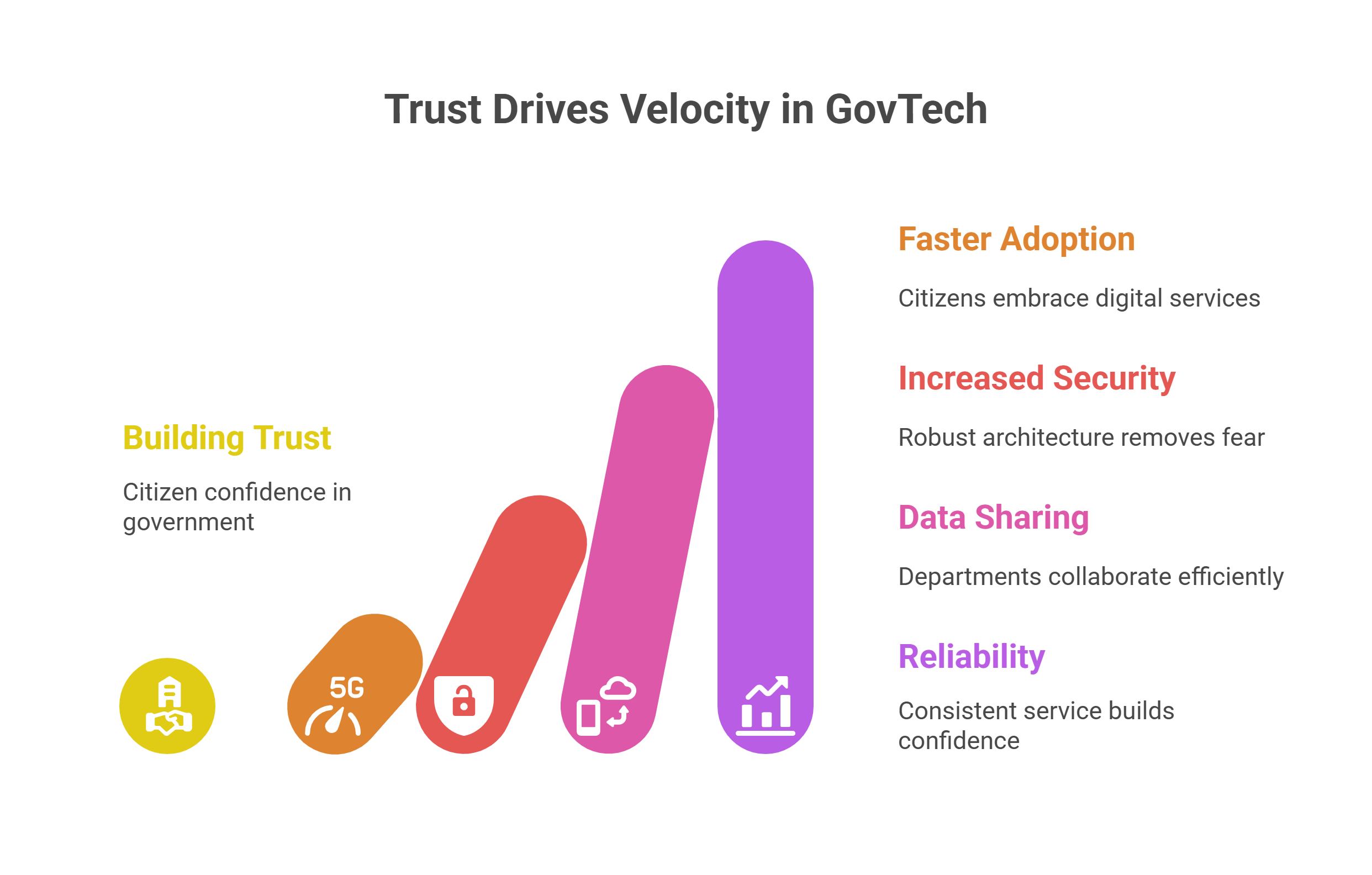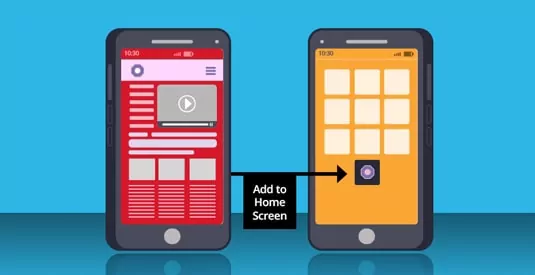Governments worldwide have designed myriad social protection schemes, mainly targeting the poor and vulnerable. The coverage of such safety nets, however, is expanding with government interventions doling out cash transfers- and facilitating in-kind benefits. Yet, it is a paradox that despite the good intent and legislative backing, an estimated four billion people or around 55 per cent of the global population do not profit from a single social safety net programme. This scenario mounts challenges on governments when more people are pushed to poverty because of an unforeseen pandemic like Covid-19 or due to geopolitical instability and climate change. In this backdrop, a vanilla social registry can’t deliver. Governments need a dynamic database that captures the changing demographics and economic status of individuals and families.

The Mandate for Social Inclusion and Hurdles
Nations have a mandate to take up nationally appropriate social protection systems for all and achieve substantial coverage for the poor and vulnerable by 2030 as per SDG Goal 1.3. The first step in the delivery chain of any social protection scheme is a social registry- an information system that supports outreach, intake and registration of beneficiaries and validates their eligibility for any welfare scheme.
But if you bank on pre-existing, statist registries, you may miss out the genuine and vulnerable beneficiaries. To cite an example, the benefits of the PM KISAN scheme in India percolated neither to the poorest households nor to the ones worst hit by the pandemic. Is there a solution? Yes, a rethink on the way governments design social registries.

Dynamic Social Registries: Have We Gone the Distance?
Nations differ in the way they use social registries for inclusion of beneficiaries. In a survey, the World Bank found that countries like Azerbaijan and Yemen use social registries for just one programme. And, there are counties that use integrated social registries as gateways for multiple programmes-Georgia, Turkey, Mexico and Chile to name a few
The Indian government has announced a National Social Registry- one that will automatically update itself real-time. It will either be a single, searchable Aadhaar-seed database, or “multiple harmonized and integrated databases” that leverage Aadhaar numbers to integrate data like religion, caste, income, property, education, marital status, employment, disability and family-tree data of every single citizen. States like Rajasthan, Haryana and Odisha, too, have covered ground in evolution of social registries.
Learnings from Gambia’s Social Registry and PSNP in Ethiopia
Gambia, an African nation, has shown the way on how social registry can be tapped to deliver benefits ‘real time’ to the poor. Its social registry has been built through proxy means test wherein scores are calculated for each household.
Then, households are placed under categories vis-à-vis their PMT scores. Also, the solution is integrated with Central Voter Registration System (CVRS) for dynamic inclusion. Gambia’s social registry offers the following features: -
- Single database to monitor & co-ordinate the ‘supply side’ of social protection programmes
- Identifies ‘who receives what’, duplications & potential for synergies across programmes
- Consolidates information from different social programmes and their benefits
Another African nation Ethiopia has shown the efficacy of a seamless social registry in the successful running of the World Bank funded Productive Safety Net Programme (PSNP). The programme which provides unconditional transfers and conditional support to the poor and vulnerable households consolidates beneficiary databases across departments such as Agriculture, Health, and Labour & Social Justice, using the National Household Registry as the primary key. The system follows a Data Virtualization Approach where real time data is pulled from different databases without consolidating in a data warehouse while sensitive data is masked.
As governments need to scale up social protection in the future, a dynamic social registry is central to distributing benefits. Emerging Technologies like Artificial Intelligence (AI) can be tapped for beneficiary mapping and blockchain for encrypting sensitive data. Robotic Process Automation (RPA) can be handy in rationalizing inclusion/exclusion criteria while processing a sheaf of beneficiary applications. Technology promises to ease the exclusion-inclusion riddle as well as the challenge of coordination in social protection.
The article was first posted on Medium by Priyadarshi Nanu Pany, CEO of CSM Technologies.










































We will verify and publish your comment soon.